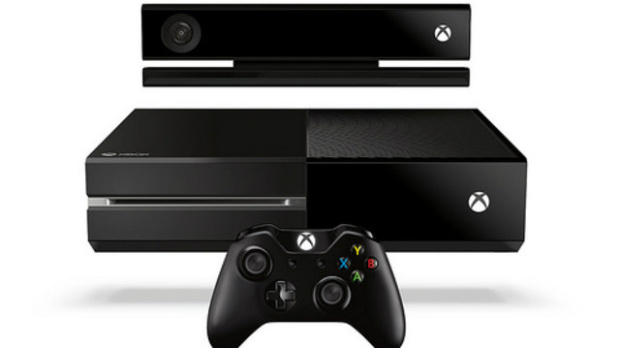Sufferers of facial palsy could be helped by gaming technology including Microsoft’s Kinect, which tracks movement and voice commands, a research team at Nottingham Trent University have found.
The prototype, created after 18 months of research by Prof Breedon and his team, uses the Kinect to monitor the facial movements of the patients during their regular exercise routines.
Connected to a regular PC monitor and a mini computer which contains the software, users are presented with a live image of themselves. Another screen simultaneously shows pre-recorded clips of a speech and language therapist who guides users through their facial exercises and provides feedback.
“This innovation will allow stroke patients, we believe for the first time ever, to receive interactive therapy exercises and feedback for facial weaknesses after a stroke,” said Breedon.
Stroke survivor and trial participant Ossie Newell MBE, said: “This technology, I have no doubt, will improve other people’s experience of rehabilitation immensely.”
Newell hopes that the device “can be rolled out to help other people who’ve endured something as life changing as a stroke”.
The team plans to develop the technology in order to allow live data to be transmitted via a 3G mobile broadband dongle, allowing clinicians to monitor patients’ progress remotely. The team are working toward commercialising the system.
The first prototype is currently being trialled with a small group of stroke patients, and the team wish to complete a full clinical trial with a larger group of stroke patients and people with facial weakness from other conditions.
Techworld








Subscribers 0
Fans 0
Followers 0
Followers